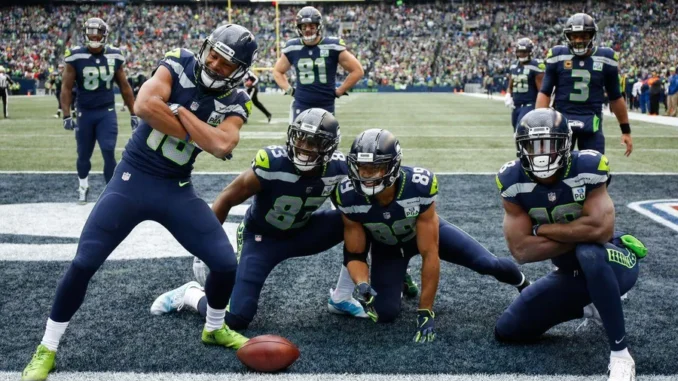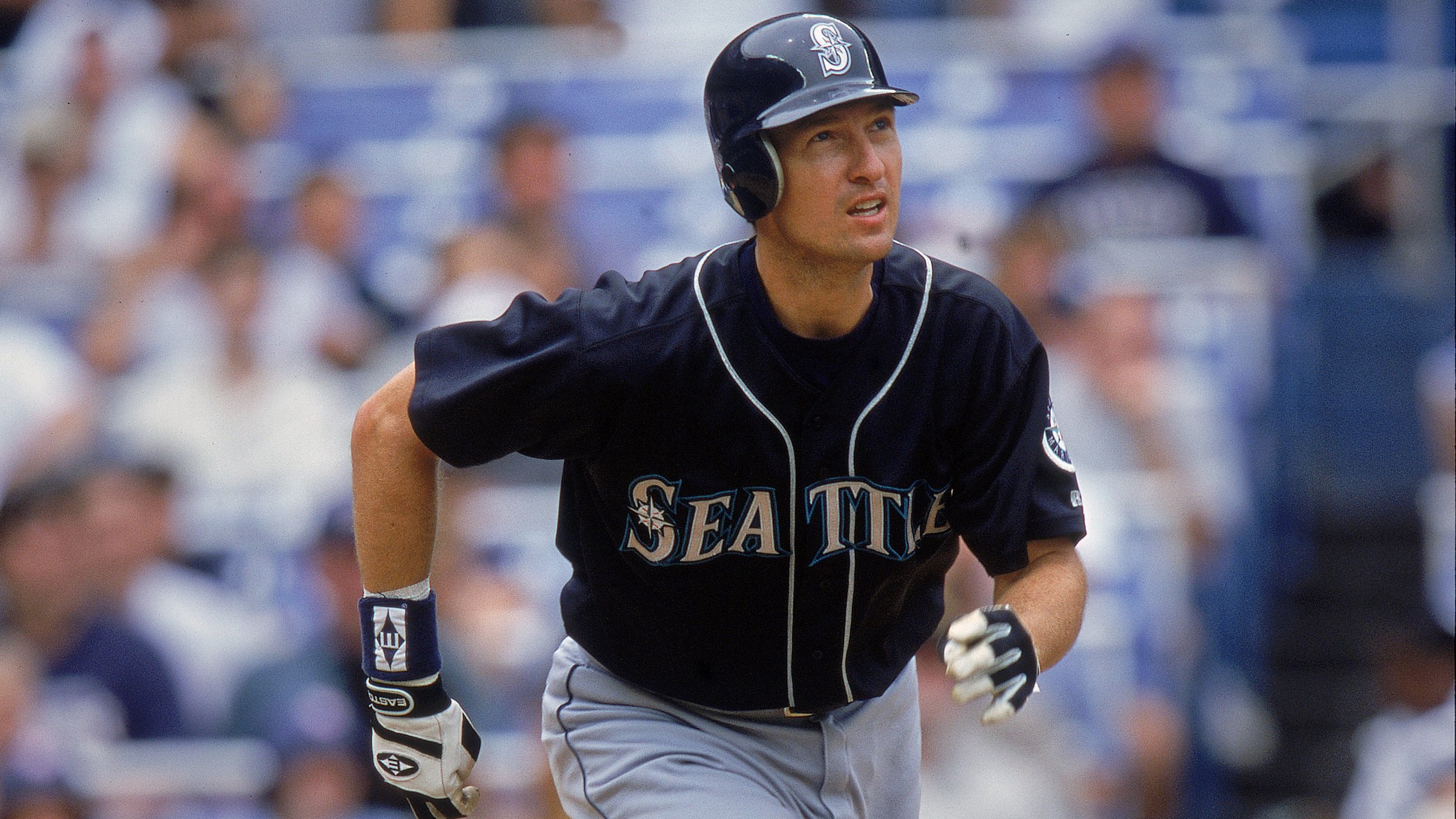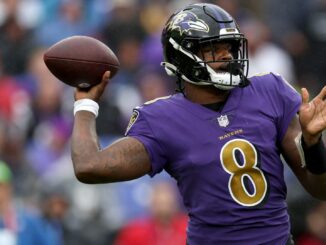
If you’ve been watching the Seattle Seahawks lately, you’ve probably scratched your head a few times wondering how this offense, which has had its struggles, suddenly started delivering big, game-changing plays. Here’s the deal: the Seahawks have quietly unlocked their screen game, specifically middle screen passes, to supercharge their offense.
It might not sound flashy, but trust us, this approach is making a big impact. Over their last three games, the Seahawks have rattled off at least one middle screen for 17+ yards in each matchup. For a team that’s been hunting for rhythm on offense, this newfound weapon has been a breath of fresh air. What’s behind this mid-season breakthrough? A mix of clever strategy, great execution, and a wide receiver named Jaxon Smith-Njigba, who’s starting to shine in what seems to be his perfect role.
Here’s a breakdown of how this middle-screen magic works and why it’s giving defenses nightmares.
The Key to Seattle’s Offensive Resurgence
Screen passes are nothing new in football, but middle screens, specifically, are a dying art in the NFL game. They require precision, a fearless receiver, and skilled linemen who can create chaos in the open field. Historically, the Seahawks have struggled in this department, sticking to more predictable plays or less effective outside screens far too often.
But now? They’ve evolved. Offensive coordinator Ryan Grubb finally found the winning formula to make this concept click. The genius lies in blending deception, timing, and a perfect mix of personnel to execute it. The offensive line, which has had its share of ups and downs, suddenly looks revitalized, creating space and launching dynamic, gain-breaking plays.
It starts with Jaxon Smith-Njigba, the rookie wide receiver who has proven to be Mr. Reliable in the middle of the field. His composure, speed, and hands give Geno Smith an easy, high-percentage target. But it’s not just about JSN—running backs Kenneth Walker III and Zach Charbonnet are also stepping in, keeping the defense guessing as to who the playmakers might be.
Breaking Down Seattle’s Offensive Success
- Deceptive Formations
Grubb’s play designs keep defenses off balance, starting these screens within bunch formations, empty backfields, or offset shotgun alignments. They’re unpredictable, which is half the battle.
- Timing Is Everything
The Seahawks aren’t rushing anything. These plays allow receivers and blockers just enough time to bait defenders—faking blocks or routes, before shifting gears and heading for open space.
- Big Guys Leading the Charge
Guards Anthony Bradford and Laken Tomlinson? Absolute units. They’re athletic enough to get out in front and block effectively without losing momentum, turning what might be a modest gain into a massive play.
Let’s break down exactly how these screens came to life over the Seahawks’ recent stretch of games.
The Plays Behind Seattle’s Recent Success
Week 11 vs. the 49ers
This was the turning point—the game where the middle screen truly announced itself as a focal point of the offense. Out of a shotgun formation with bunched trips set on the right, Kenneth Walker III motioned wide, dragging defenders with him. Jaxon Smith-Njigba lined up on the outside, faked a block, broke back into the middle, and caught a perfectly timed pass with guards Bradford and Tomlinson clearing the way.
The result? A 17-yard play down to the 4-yard line that set Seattle up for a scoring opportunity. The 49ers, one of the league’s stingiest defenses, looked flat-footed as Smith-Njigba bobbed and weaved through traffic.
Week 12 vs. the Cardinals
Same concept, a different formation. This time, Geno Smith lined up with an empty backfield. JSN, initially looking like he’d break to the flat from a bunch set on the right, cut back toward the middle of the field and turned on the jets after the catch. Behind Olu Oluwatimi’s lead block, JSN sprinted for a staggering 46-yard gain.
What’s notable here is how seamlessly Grubb adapted the design to fit the matchups. The Cardinals’ defense didn’t see it coming because the play developed differently than it had the week before.
Week 9 vs. the Rams
During a tough loss to the Rams, Seattle showed yet another wrinkle in their screen game by targeting running back Zach Charbonnet. This time, the setup came from a shotgun formation with Charbonnet swinging out to the flat before cutting back over the middle. Again, Seattle’s guards set up shop, creating a 24-yard gain for the bruising back.
Former NFL wide receiver Michael Bumpus broke it down best during the “Four-Down Territory” segment on Seattle Sports. “When you ask the offensive line to attack north-south instead of side-to-side, they’re in their comfort zone. It’s what they do best. Middle screens give them the chance to impose their will and create lanes for the playmakers behind them.”
Why Defenses Can’t Keep Up with Seattle’s Offense
The beauty of the Seahawks’ middle screen game lies in its adaptability. Grubb and the offense can disguise the concept within different formations to keep defenses on their heels. Whether it’s a wide receiver breaking free or a running back sneaking into the action, opponents can’t zero in on any one playmaker.
Additionally, defenses are less prepared for middle screens because they’re less common in today’s NFL. Outside screens are generally easier to diagnose, but a well-executed middle screen? It gets ugly for defenses quickly, especially when paired with dynamic athletes like Smith-Njigba, Charbonnet, and Walker.
Sportsbooks have taken notice, with odds on the Seahawks’ continued success trending upwards. FanDuel online sportsbook has even listed them in the top 15 teams with the best odds to win the next Super Bowl. This might be a good bet to make considering how the Seahawks’ offense has been shining lately.
Can the Seahawks Keep This Up?
Of course, now that the Seahawks have mastered this approach, the real challenge begins. Opposing teams won’t be caught off guard forever, and it’s up to Grubb and company to keep adding layers of deception.
But the good news is, they’ve found something worth building on—an offensive spark that has been sorely missed. And with Geno Smith showing heightened chemistry with his receivers, there’s every reason to believe this concept could remain a staple of their game plan moving forward.
Seattle’s offense isn’t perfect—it still has its flaws. But this newfound commitment to the screen game adds a valuable, explosive weapon to their arsenal.



